I’m sure you all have seen the photos and news reports about the MASSIVE Sahara dust cloud moving across the Atlantic. Right now, on St. John, the air is heavy. The sky is invisible behind the layer of beige haze.
This is not an uncommon occurrence here for this time of year. But this one is the largest and most noteworthy dust plume in over 50 years according to The Weather Channel.
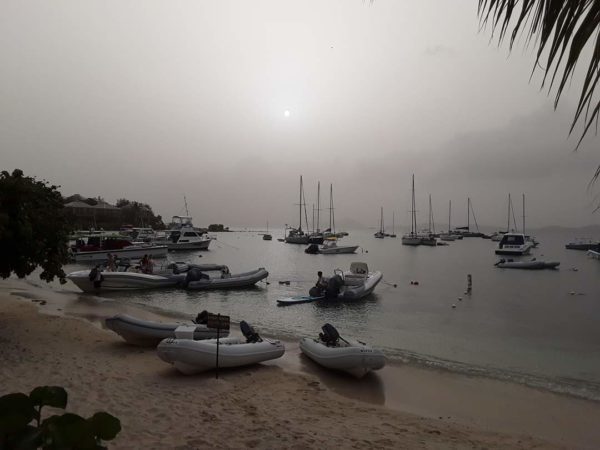
The light haze is usually a welcome sight to Islanders. Beautiful sunsets generally precede or follow the peak impact, bringing hope that the dryness of the air will suffocate tropical storms that are stifled by this natural phenomenon.
However this Father’s day, St John woke up to beige skies. St Thomas was barely visible from overlooks. Long-time residents are saying they have never seen anything like this.
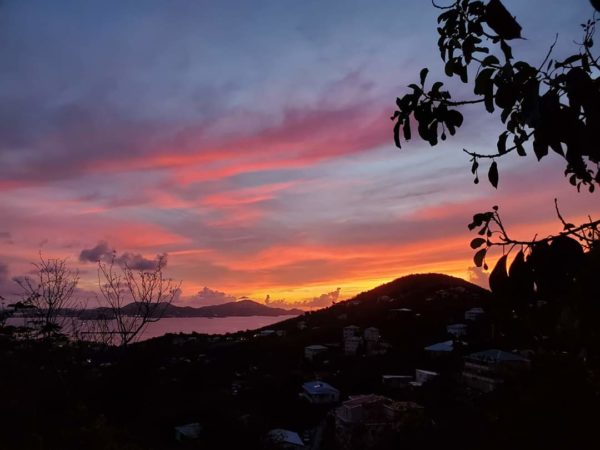
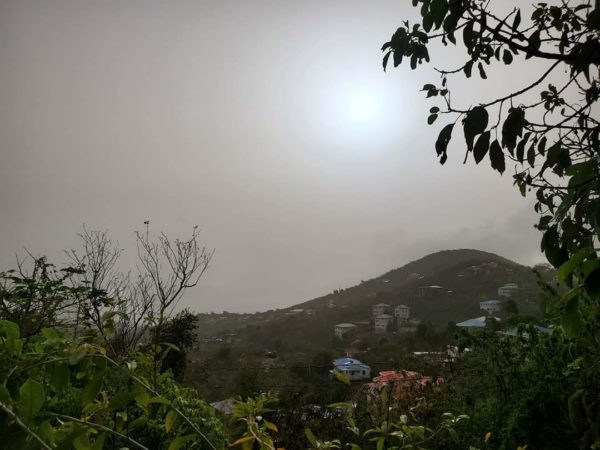
In all my years of working in restaurants on St. John, I have been asked a plethora of questions by guests. How did you come to St. John? What is your favorite snorkel spot? But by far my favorite question is:
What is all this haze in the sky?
“Why that is the ashes of elephants and giraffes from ancient days floating around us having arrived on the Trade Winds from Africa”
How cool is it that the dust particles floating above us are made up of the sands of Africa?
In less poetic terms, the haze around us is “up to one million tons of dust particles” from the Sahara desert. Stirred by the Harmattan winds, and nicknamed “Doctor” because of the relief the dry air brings from humidity in the early spring, these dust filled winds begin to move off shore across the Atlantic in the late spring and early summer. According to the Glossary of Meteorology, this movement of dust accounts for sixty percent of the dust particles in our atmosphere.
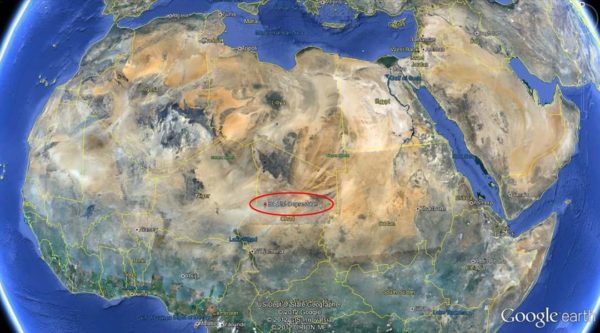
The American Meteorology Society notes these dust particles can reach as far as the Americas and deposit nutrients that fertilize the Amazon and the Caribbean Basin.
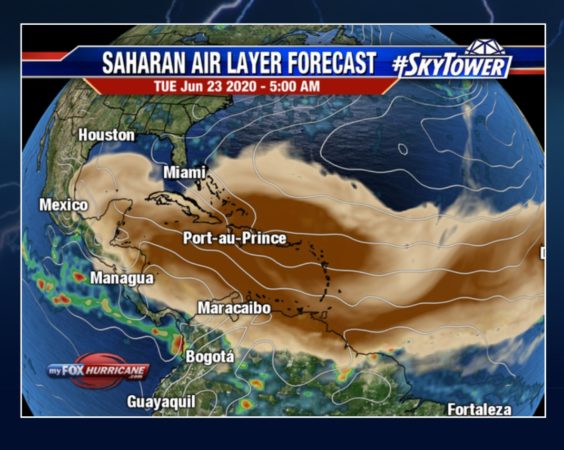
Raising red flags throughout the VI, last night my phone lit up with an alert from the Virgin Islands Territorial Emergency Management Agency (VITEMA). They reported the “highest concentration [would occur] through Tuesday.” They further warn of reduced visibility, poor air quality and rising temperatures up to one hundred degrees with special warning to any with respiratory issues.
The Guardain reported “Air quality across most of the region reached record ‘hazardous’ levels.” Experts, who nicknamed the event the “Godzilla dust cloud,” warned people to stay indoors and use air filters if they had them.”
Aaron Treadway, a meteorologist with the National Weather Service, reported in USA Today “Impacts on air quality and tropical systems are the two biggest things that will come from the presence of Saharan dust.”

He also stated that the dry air and calm winds brought by the Sahara plume will counteract the humidity that fuels tropical storm formations as well as down play opportunity for air currents to propel storms’ growth.
“Tropical storms need a lot of moist air and relatively calm upper level winds to form,” Treadway said. “The lack of moisture and increased winds are not conducive for tropical storm development.”
Dust storms combined with warm dry air over the Sahara Desert in Northern Africa form the layer of dust. The heavy air is then swept out to sea on the trade winds, riding them all the way from Africa to the Caribbean. They can sometimes reach as far as the southeastern states and the Gulf Coast of Texas. Conditions last week lined up for the perfect (dust) storm.

So, the air quality is pretty low down here right now. The sun, the sea, the sky and the outlying islands are all pretty invisible. When I was driving through town yesterday evening, the sun looked like a giant white ball suspended in the air. I’m wondering if, when the dust clears, 2020’s next apocalyptic present will be dragons?
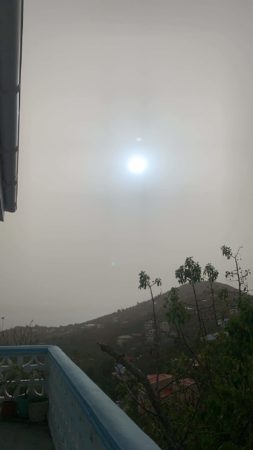
So it looks like watching the sunset on St John might be put on hold this week. But if you are in the southeastern states, your sunsets will be amazing for the next few days. Remember all of the spectacular St. John sunsets over the past few weeks?
We will push through to the next round of beautiful sunsets once the “dust settles.” After all, the sea is still beautiful. And I breathe just fine under water.
Cover Photo Courtesy of Erin Lieb.


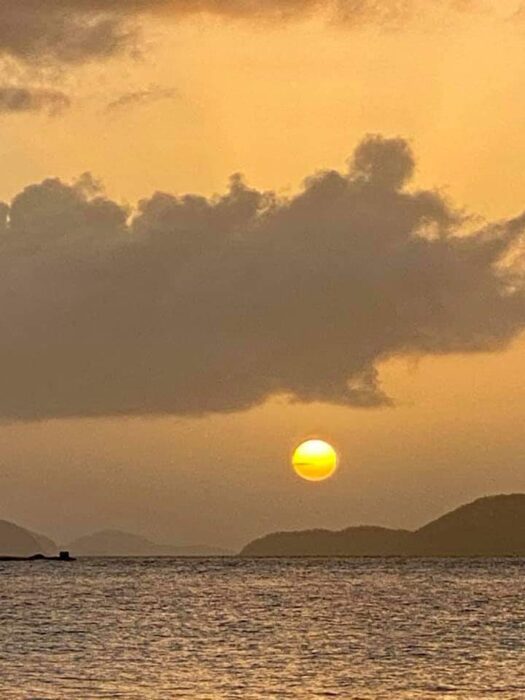
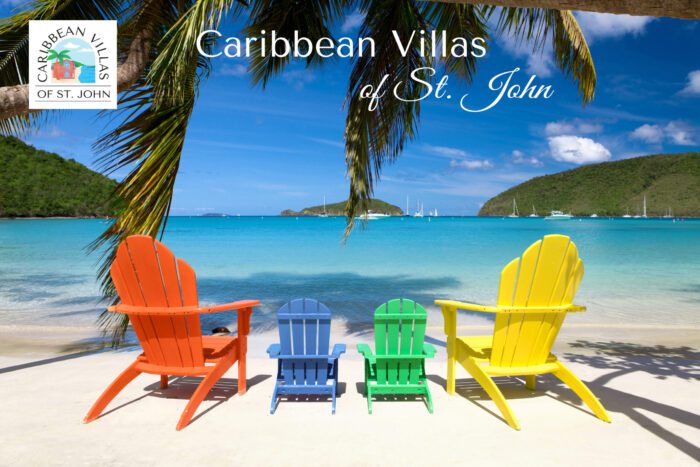

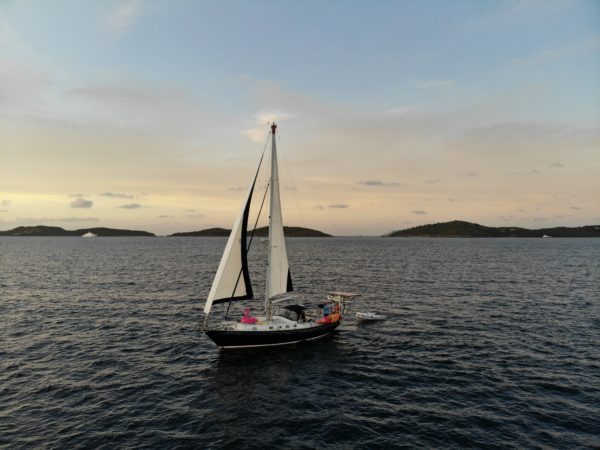

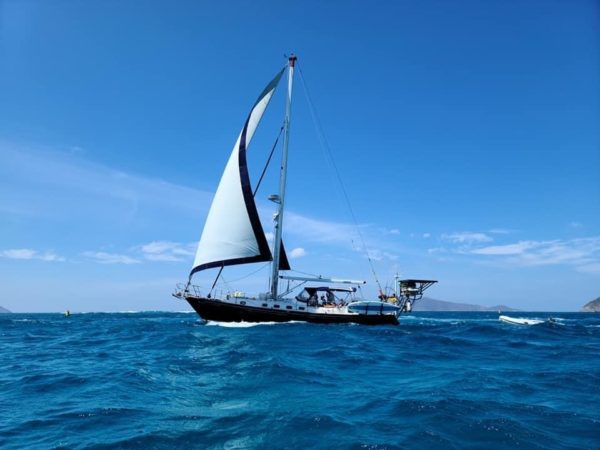
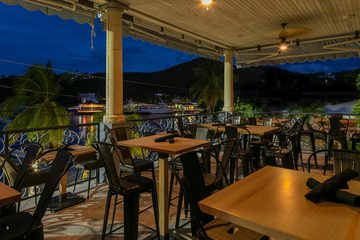





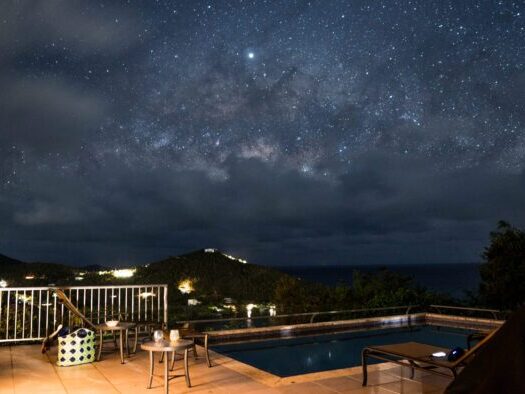
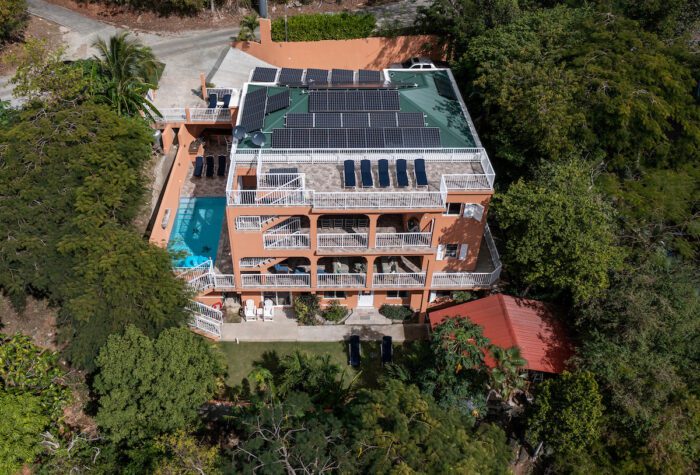









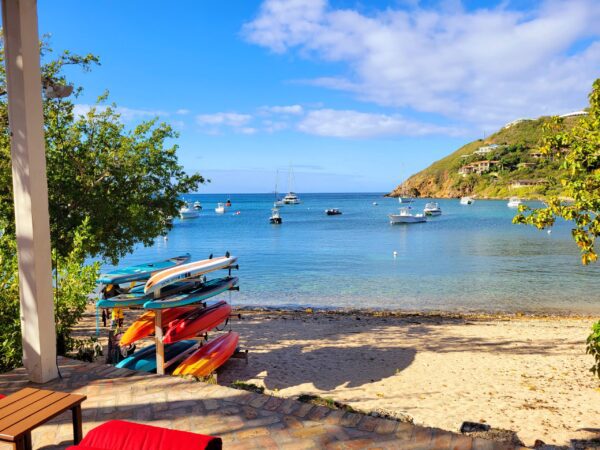


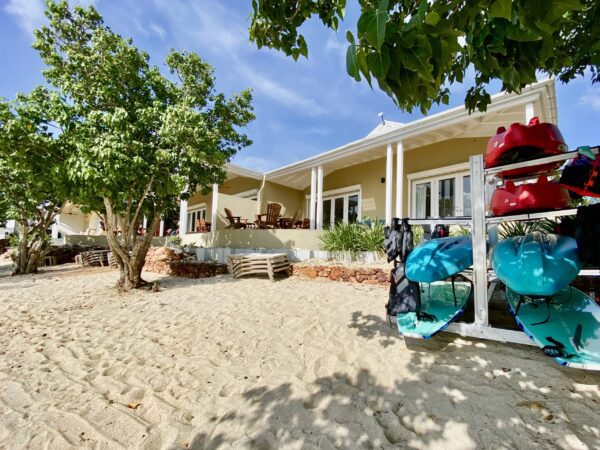
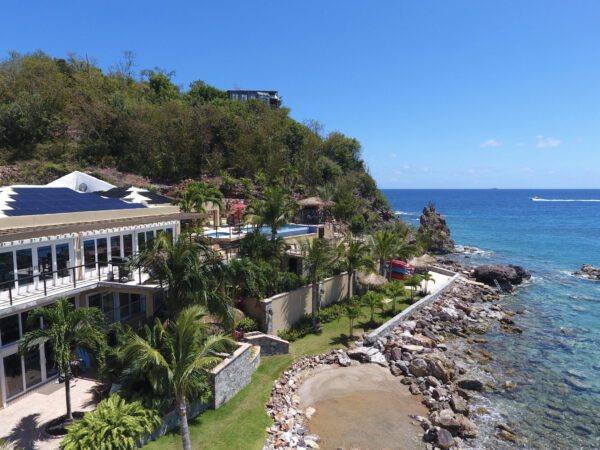
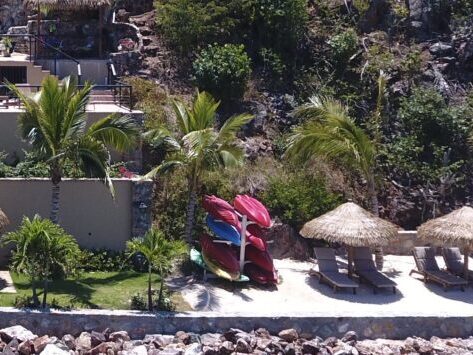
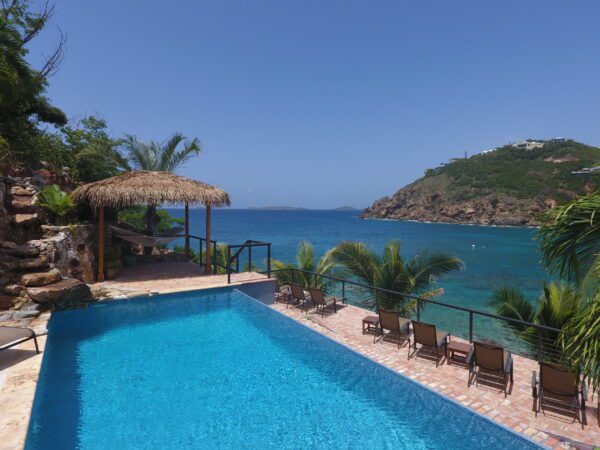






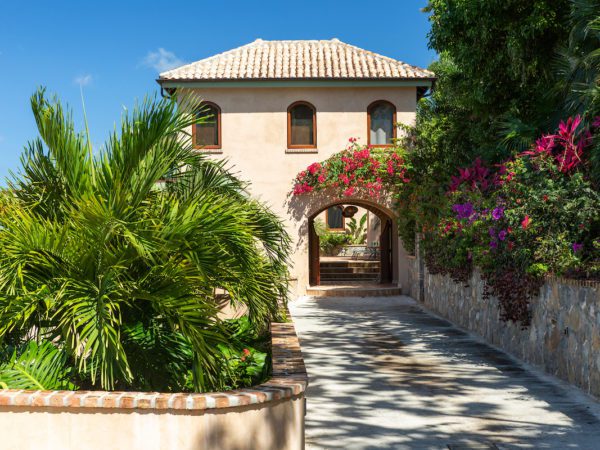


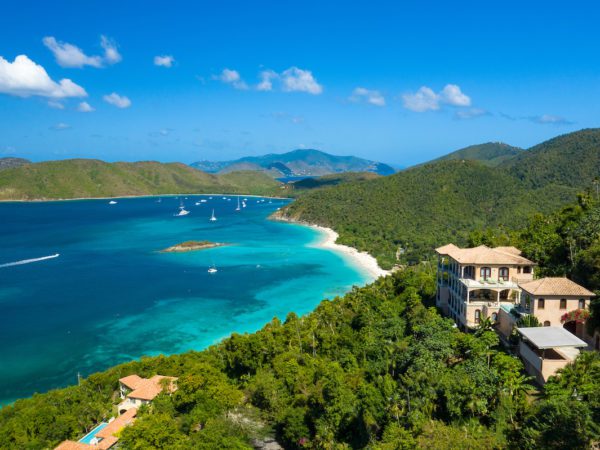
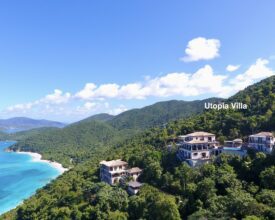
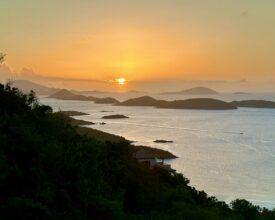

















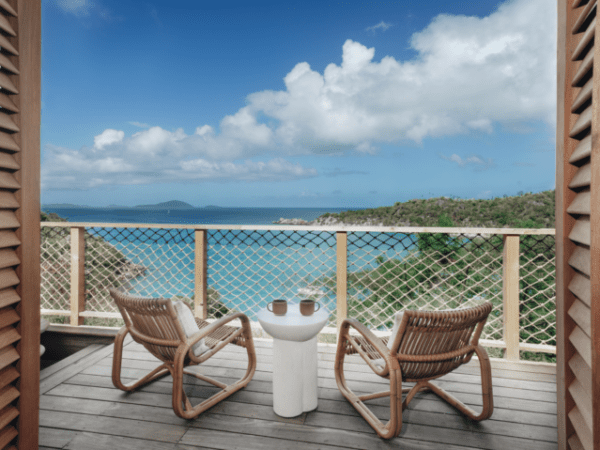
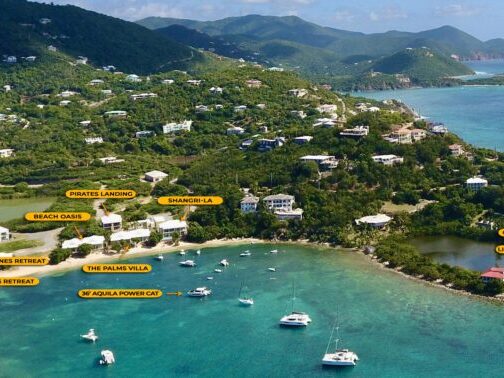
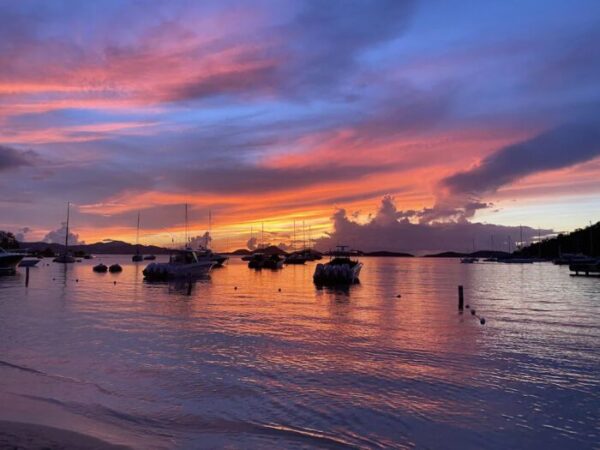





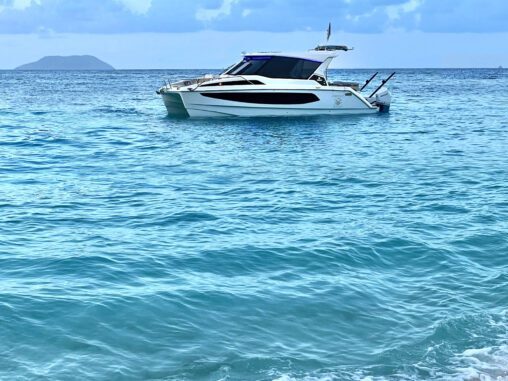



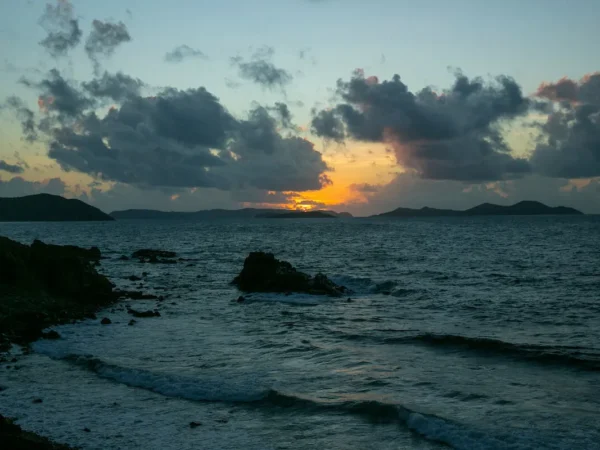



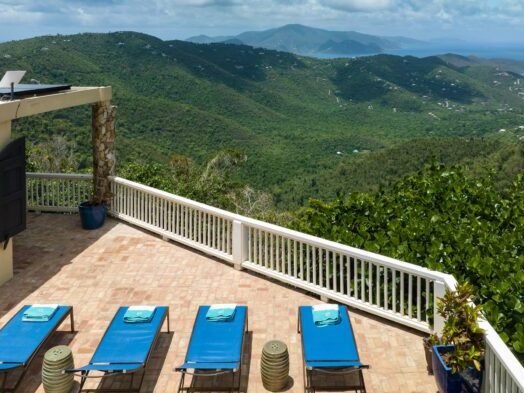




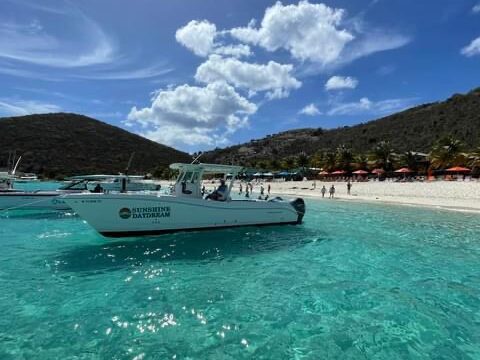
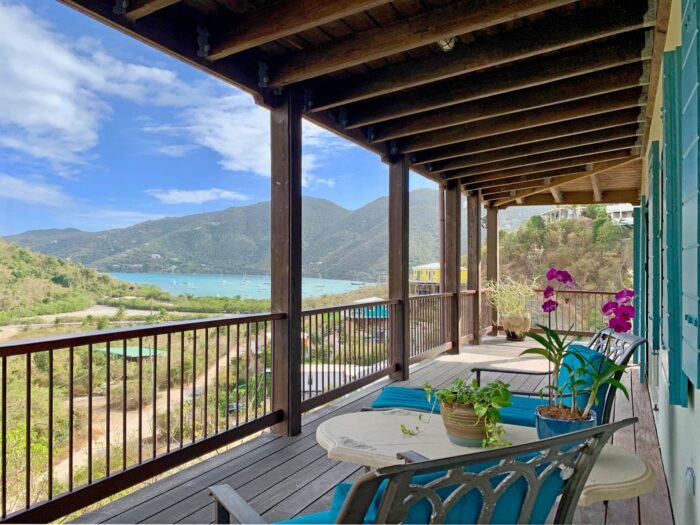
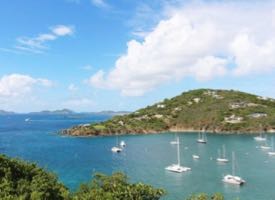



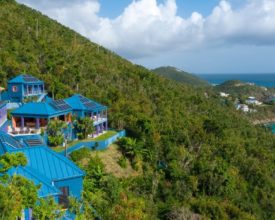










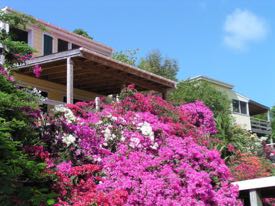



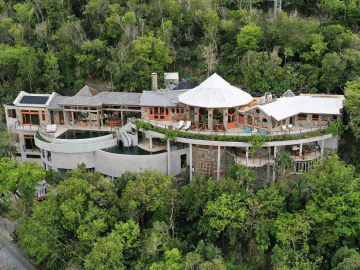







Does anyone have an idea when it will subside or disappear? Thanks.
We have encountered dust numerous times in our many visits, but nothing like this. Another reason to wear your Mask!!
Too much information “overload.”
I will take dragons. We are sitting under smoke from a wildfire so our sun looks burnt orange in the evening
It should lessen tomorrow (Wednesday), but while the main plume will have departed, there is more in the pipeline. There is an animated Sahara dust forecast for the next five days at my VI weather site: http://www.weather.vi
All the best,
Kevin